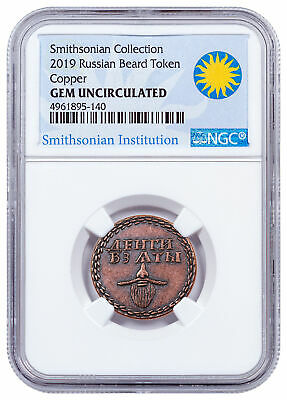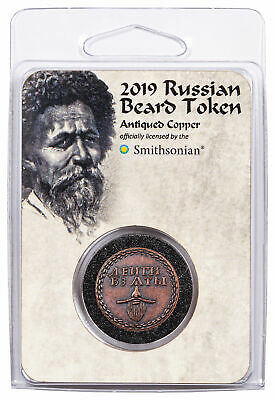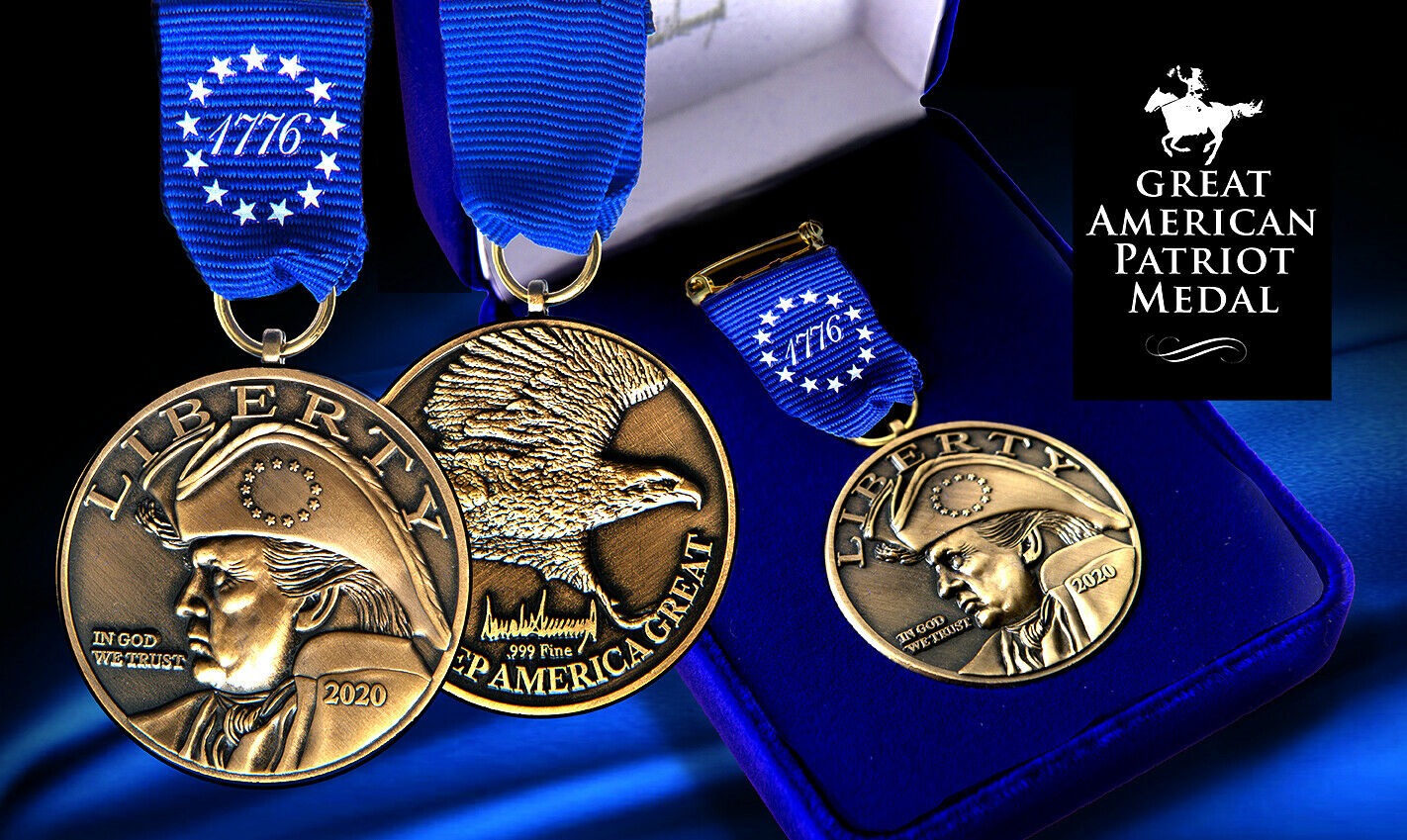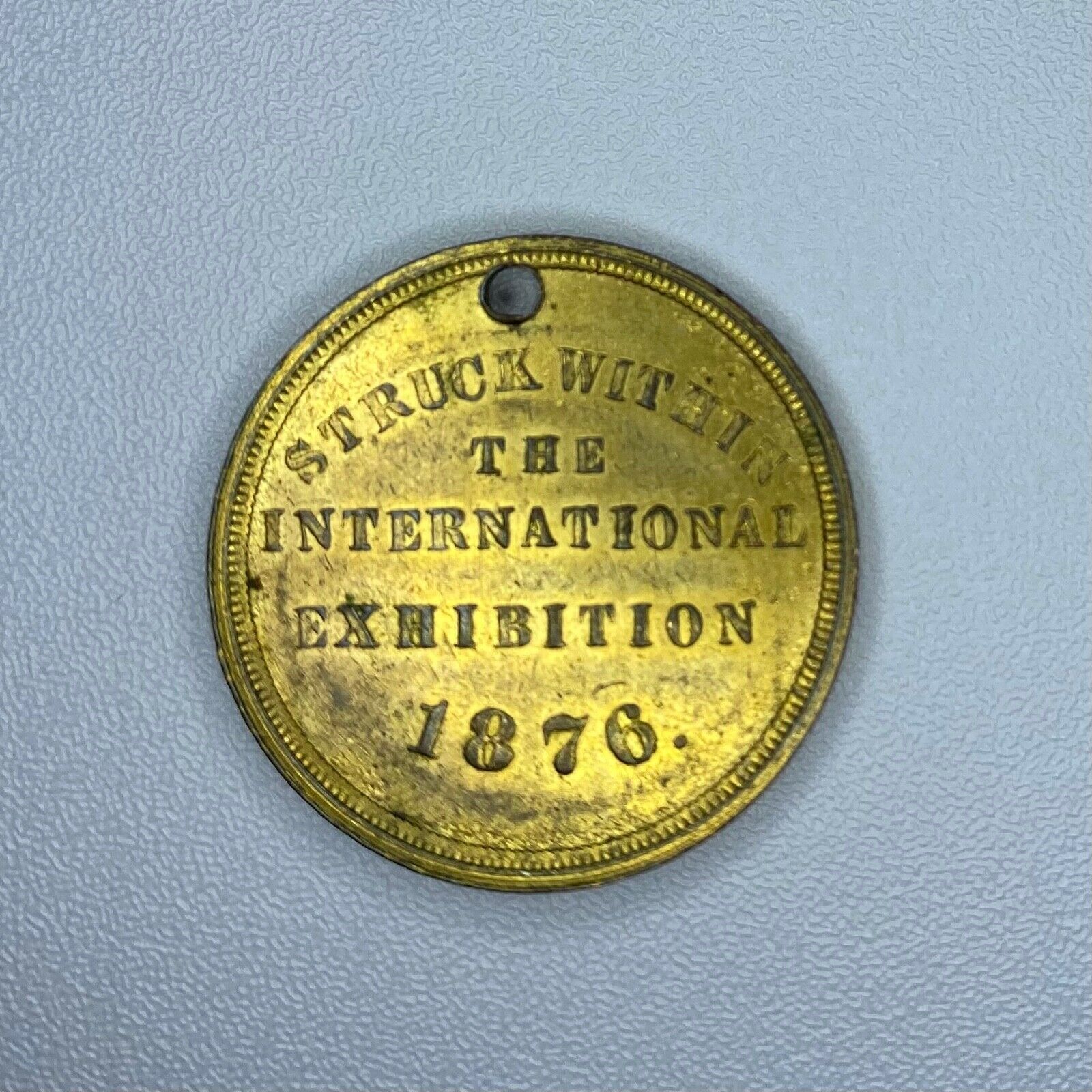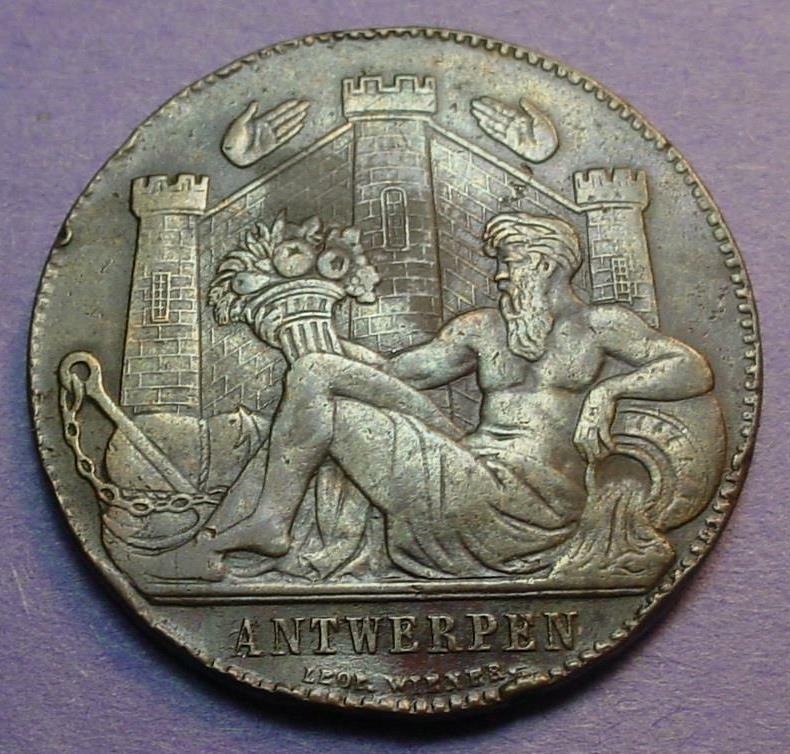-40%
MEDICINE / 1897 BAZAR DE LA CHARITE FRENCH ART NOUVEAU MEDAL by MAURICE BOUVAL
$ 39.6
- Description
- Size Guide
Description
Obverse: bust of doctor Henri Feulard & legend "4 mai 1897"
, signed by Maurice Bouval
Reverse
: flower
Size
: 65 x 43
mm or 2.6 x 1.7 inch.
Weight
: 76 grams
Metal
: bronze
About artist
:
Maurice Bouval (1863–1916) was a French sculptor of the Art Nouveau period. From 1880 to the first World War, he created a large number of bronze statues or objects including chandeliers, candelabras or table lamps. His main works are Ophelia, Femme assise, Jeune femme, Le Sommeil, Femme aux pavots, Le Secret et la Pensive. He was not a prolific sculptor. He participated in the 1890 Exposition Universelle in Paris and was a member of the Société des Artistes Français. He was a pupil of Alexandre Falguière.
Henri Feulard (1858–1897) was a leading French dermatologist. Henri Feulard was born in Paris on 20 May 1858. He trained as a physician in the hospitals of Paris, interning at the Hôpital Saint-Louis, which at the time specialized in dermatology and venereology.
In 1886, he became Professor Jean Alfred Fournier's Chief of Clinic (a position in French teaching hospitals that meant being day-to-day head of a department nominally run by a professor), and helped found the dermatological library in the Hôpital Saint-Louis. He was appointed librarian in 1890, and the library was later renamed Bibliothèque Henri Feulard.
Feulard was an organizer and the secretary of the first International Congress of Dermatology, held in Paris in August 1889. He also attended the second International Congress of Dermatology, in Vienna (1892), and the third, in London (1896). From 1892 Feulard also worked at the infirmary of the Prison Saint-Lazare, a women's prison where monthly medical inspections of registered prostitutes were carried out.
On 4 May 1897 Dr Feulard, his wife, their ten-year-old daughter Germaine, and their maid Ernestine Moreau, attended the Bazar de la Charité, a high-class annual charity bazaar in Paris. They were present when the building caught fire. The family became separated in the stampede. Dr Feulard re-entered the building in an attempt to save his daughter, but both perished, as did Ernestine Moreau. Mrs Feulard suffered burn injuries but survived.
Dr Feulard was buried together with his daughter in Montmartre Cemetery, after a service in Notre-Dame-de-Lorette.
The Bazar de la Charité was an annual charity event orchestrated by the French Catholic aristocracy in Paris beginning in 1885, when it was first organised by Englishman Henry Blount, the son of banker Sir Edward Blount, a financier of railway enterprises in France. The Bazar was held in a variety of locations by a consortium of charitable organisations that shared renting fees, acting to reduce costs and group potential buyers.
The 1897 Bazar de la Charité became known for the fire which claimed 126 lives, many of which were notable aristocratic women, including Sophie Charlotte, Duchess of Alençon. The condition of the charred remains of the victims was such that dental records were necessary for identification, which in itself became a landmark in the early history of forensic dentistry.






